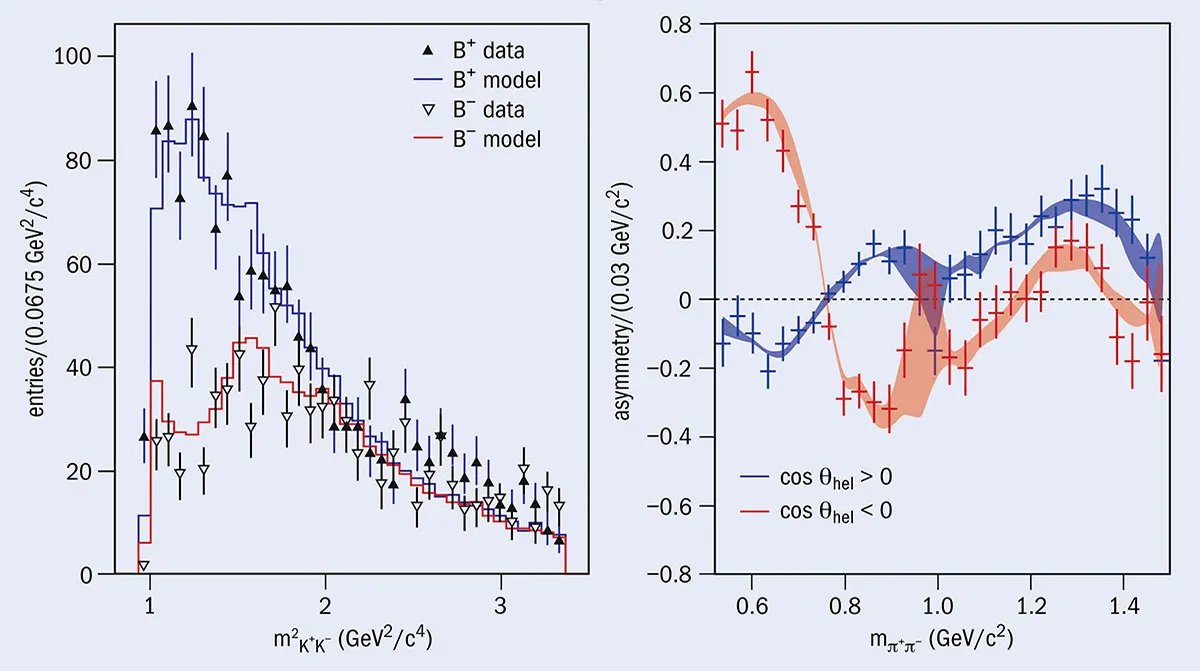‘Nature’ publica un traballo pioneiro sobre fisión nuclear no que participa o IGFAE



09.08.2019

O investigador do IGFAE Jeremy Peter Dalseno participa nesta última análise da colaboración LHCb que axudan a esclarecer o comportamento oposto de certas partículas cando se converten na súa antipartícula e a discrepancia entre a materia e a antimateria observada.
O Modelo Estándar de Física de Partículas é a teoría que mellor describe o comportamento da materia a nivel microscópico, cuxa consistencia foi comprobada con numerosos experimentos. Con todo, esta teoría predí que toda a materia visible só podería producir unha única galaxia e tampouco explica por que esta é máis abundante que a antimateria se ambas se crearon por igual tras o Big Bang. Agora, uns novos resultados da colaboración LHCb do CERN permitirían esclarecer as causas desta asimetría ou violación CP.
En 2014, o equipo científico deste experimento atopou que a materia e a antimateria comportábanse de forma completamente oposta durante o proceso de desintegración dun tipo de partícula na súa antipartícula, algo totalmente inesperado. Sen unha explicación clara, eses mesmos datos volveron analizarse con maior profundidade e revelaron que as orixes desa asimetría tan forte debíanse a interferencias entre as funcións de onda dunha serie de estados compostos de parellas quark – antiquark. Esta é a primeira observación de violación CP en partículas de espín 2 —momento angular intrínseco das partículas- e tamén é o estado con espín máis alto involucrado ata a data.
Este resultado, que foi destacado no último número da revista CERN Courier, non explica en por si as orixes da abundancia de materia sobre a antimateria no universo, pero permite avanzar ao desvelar unha serie de condicións que producen un comportamento antagónico entre ambas. “Esta análise proporciona pistas significativas de como se manifesta a violación CP no Modelo Estándar e motiva un maior estudo dos procesos de cromodinámica cuántica (QCD) que a gobernan”, explica Jeremy Peter Dalseno, investigador de IGFAE que participou neste traballo. Jeremy incorporouse recentemente ao IGFAE, única Unidade de Excelencia “María de Maeztu” de Galicia, a través do seu programa de captación Global Talent e do convenio entre a Xunta de Galicia e o investigador ERC Diego Martínez Santos, a análise incluíu outros dous proxectos ERC, liderados por J. Rademaker da Universidade de Bristol e T. Gershon da Universidade de Warwick.
Máis información: https://cerncourier.com/a/three-body-b-decays-violate-cp/